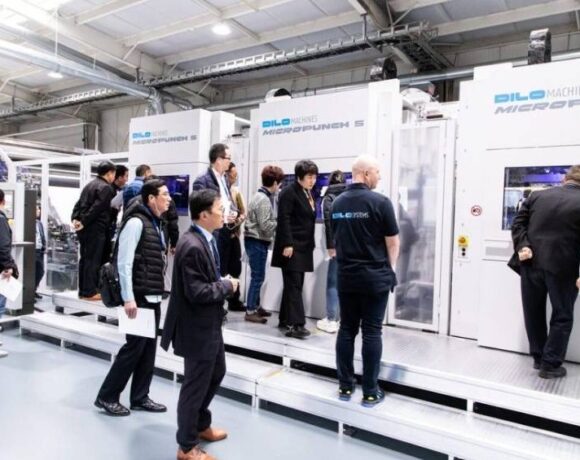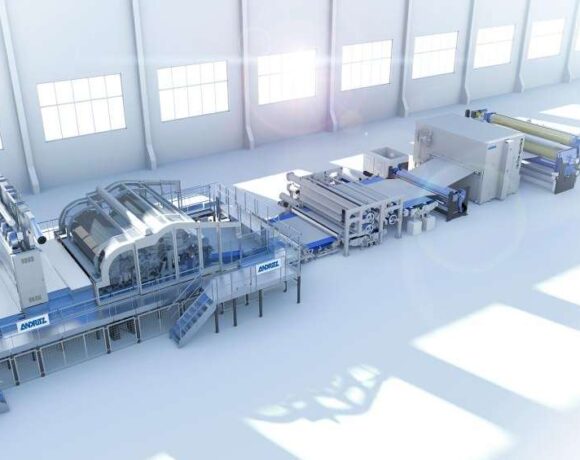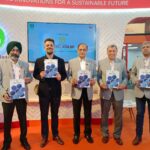Nonwovens Manufacturers Poised To Meet Rising Textile Recycling Demands

As the need for textile recycling grows, nonwovens manufacturers are stepping up to play a crucial role. The European Union will implement a ban on the landfilling and incineration of post-consumer clothing waste starting January 2025, alongside an extended producer responsibility (EPR) scheme requiring brands and manufacturers to finance the collection and disposal of textile waste. By 2030, the European Commission aims for all textile products in the EU to be durable, repairable or recyclable, with a significant proportion of recycled fibres. Similar regulations are anticipated worldwide.
The nonwovens industry is already adept at mechanically recycling textile waste into second-life products, such as insulation for the automotive and construction sectors, industrial wipes and mattress covers. However, much of this recycling has focused on mill waste fibres, which are comparatively pure compared to post-consumer apparel waste. The latter often contains blended fibres—primarily polyester and cotton—along with elastanes and other impurities like buttons, zippers and linings, complicating the reprocessing of these materials.
As brands increasingly seek recycled feedstocks for their clothing, mill waste is expected to become more valuable. This shift highlights the need for sustainable recycling solutions, particularly as conventional textile processing relies on the purity and length of fibres. For instance, bales of virgin cotton typically have a short-fibre content of around 25%, whereas recycled yarn waste can average 47%. Post-consumer waste, with an even higher percentage of short fibres, presents additional challenges.
Currently, estimates suggest that the maximum achievable blend of post-consumer waste fibres in new yarns is around 40%. In contrast, nonwovens manufacturers are successfully achieving 100% recycled content in many high-value products.
Key exhibitors at ITMA 2023 specializing in mechanical recycling systems for nonwovens production include Andritz Laroche, Balkan, Bonino, Dell’Orco and Villani, Masias, and Temsan. Despite the advancements in mechanical recycling, limitations remain in terms of the types and volumes of fibres that can be processed to meet legislative requirements.
Consequently, chemical recycling is gaining traction as a burgeoning sector, particularly focused on polyester, the dominant synthetic fibre in textiles. A select group of companies is pioneering the regeneration of pure chemical polymers rather than reverting fibres to their original chemical monomers for new feedstocks.
Synthetic waste polyester and other synthetic fibre waste can be converted back into monomers through four major methods: methanolysis, glycolysis, hydrolysis, and enzymatic recovery. Many leading nonwovens manufacturers using synthetic fibres have quickly recognized this trend, opting for ISCC PLUS certification to validate their achievements in incorporating recycled content in the form of initial feedstock chemicals into their products.
As legislative pressures increase and sustainability becomes paramount, nonwovens manufacturers are well-positioned to lead the charge in textile recycling, driving innovation and creating a more circular textile economy.















